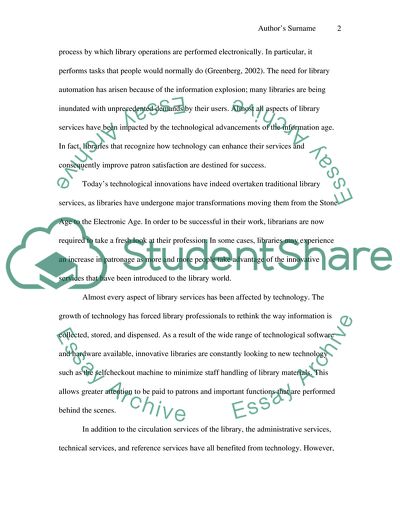Cite this document
(Library of American University in Dubai Assignment, n.d.)
Library of American University in Dubai Assignment. Retrieved from https://studentshare.org/education/1545646-business-report
Library of American University in Dubai Assignment. Retrieved from https://studentshare.org/education/1545646-business-report
(Library of American University in Dubai Assignment)
Library of American University in Dubai Assignment. https://studentshare.org/education/1545646-business-report.
Library of American University in Dubai Assignment. https://studentshare.org/education/1545646-business-report.
“Library of American University in Dubai Assignment”, n.d. https://studentshare.org/education/1545646-business-report.


